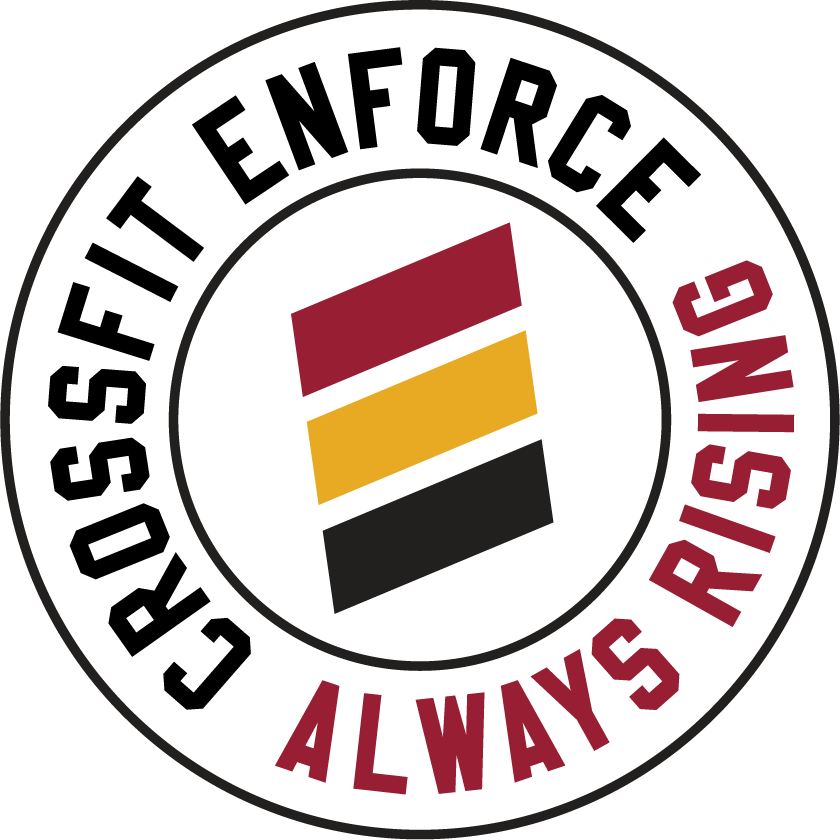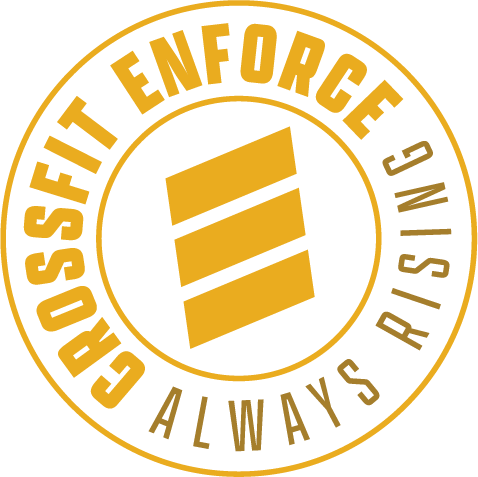Navigating the Sickness-Wellness-Fitness Continuum
Optimizing Healthspan

Healthspan refers to the period of life in which an individual enjoys optimal health and functionality, free from debilitating illnesses or impairments. While extending lifespan has been a long-standing ambition of humanity, simply adding years to life without ensuring quality and vitality falls short of the holistic ideal of well-being. We all want to maintain independence and vitality as we age, enabling us to continue pursuing our passions, engaging in activities we enjoy, and contributing to our communities/families.
The sickness-wellness-fitness continuum is a concept introduced by Greg Glassman, the founder of CrossFit, to illustrate the relationship between different states of health and fitness. It highlights that health and fitness are not binary states but exist along a spectrum, with sickness on one end and fitness on the other, and wellness as an intermediary stage. Understanding this continuum is crucial for improving healthspan because it emphasizes the importance of proactive measures to move individuals from a state of sickness or wellness towards optimal fitness and well-being.
At one end of the continuum lies sickness, characterized by the presence of chronic diseases, disabilities, or other health problems that impair daily functioning and quality of life. Individuals in this state may experience symptoms such as pain, fatigue, and reduced mobility, which hinder their ability to perform activities of daily living and engage fully in life. To improve healthspan, it's essential to address and manage existing health issues, prevent further decline, and work towards restoring optimal health and function.
Moving along the continuum, we encounter the stage of wellness, where individuals are relatively free from significant health problems but may not be actively pursuing fitness or optimal well-being. While they may not be sick, they may still experience suboptimal health outcomes or risk factors for chronic diseases. Improving healthspan involves transitioning from a state of wellness to one of enhanced fitness and vitality by adopting proactive measures to optimize health and well-being.
Fitness represents the opposite end of the continuum, characterized by robust physical health, high levels of functional capacity, and resilience against illness and injury. Individuals in this state not only possess the physical strength, endurance, and flexibility to perform a wide range of activities but also exhibit mental and emotional well-being and a sense of vitality and purpose. By striving to improve fitness levels, individuals can enhance their healthspan by maximizing their potential for longevity, vitality, and quality of life.
CrossFit stands out as a comprehensive fitness regimen that aligns with the principles of enhancing healthspan. It combines elements of cardiovascular exercise, strength training, and functional movements in a supportive community environment with a foundation built on solid nutrition. CrossFit workouts are designed to improve physical fitness across multiple domains, including cardiovascular endurance, strength, flexibility, agility, and balance.
Moreover, CrossFit promotes scalability and inclusivity, making it accessible to individuals of varying ages, fitness levels, and abilities. Members are encouraged to challenge themselves while respecting their bodies' limits, fostering a sustainable approach to fitness that prioritizes long-term health and wellness.
By embracing activities like CrossFit that prioritize functional fitness and overall well-being, people can optimize their healthspan, ensuring a life filled not just with years but with vitality, vigor, and resilience against the challenges of aging. In the pursuit of longevity, enabling them to live longer, healthier, and more fulfilling lives.
Five tips to improve healthspan
- Regular Physical Activity: Engaging in consistent exercise routines, including aerobic activities, strength training, and flexibility exercises, supports cardiovascular health, muscle strength, and joint flexibility.
- Balanced Nutrition: Adopting a nutrient-rich diet rich in fruits, vegetables, whole grains, lean proteins, and healthy fats provides essential nutrients crucial for optimal bodily function and disease prevention. Limiting intake of processed foods, sugary beverages, and excessive salt can further support overall health.
- Stress Management: Implementing stress-reducing techniques can help mitigate the detrimental effects of chronic stress on physical and mental health. Prioritizing self-care activities and setting boundaries to maintain work-life balance are also essential for managing stress effectively.
- Adequate Sleep: Prioritize sufficient sleep duration and quality, aiming for 7-9 hours of sleep per night for adults. Establishing a consistent sleep schedule, creating a conducive sleep environment, and practicing relaxation techniques before bedtime can promote restful sleep and support overall well-being.
- Social Connections: Cultivating meaningful relationships and social interactions fosters emotional well-being, resilience, and a sense of belonging, which are integral components of healthspan. Make time for social activities, reach out to friends and family regularly, and participate in group activities or community events to nurture social connections.





